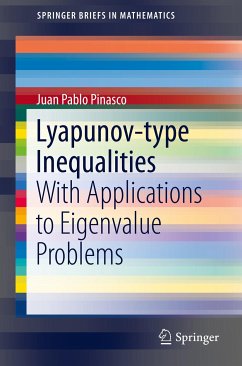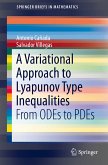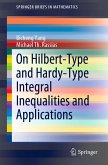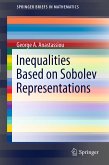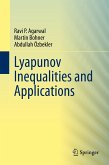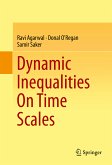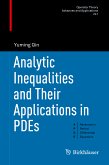Dieser Download kann aus rechtlichen Gründen nur mit Rechnungsadresse in A, B, BG, CY, CZ, D, DK, EW, E, FIN, F, GR, HR, H, IRL, I, LT, L, LR, M, NL, PL, P, R, S, SLO, SK ausgeliefert werden.
Hinweis: Dieser Artikel kann nur an eine deutsche Lieferadresse ausgeliefert werden.
"This book presents in about 114 pages a good concise summary and a fairly comprehensive study of Lyapunov-type inequalities. ... The presentation is clear and well prepared as a whole. The book will be useful for a graduate or even an advanced undergraduate course where Lyapunov-type inequalities are studied or needed and for mathematicians working in the field." (Shao Zhu Chen, Mathematical Reviews, October, 2014)
"In this volume, the author presents in detail some of these aspects, from its origin to its current situation. ... The book contains many explanatory remarks and many comments on the cited bibliography, which can contribute to a better understanding of the theoretical results. Finally, this volume can be useful for researchers interested in the subject and also for all those who want to start in the field." (Antonio Cañada Villar, zbMATH, Vol. 1291, 2014)

